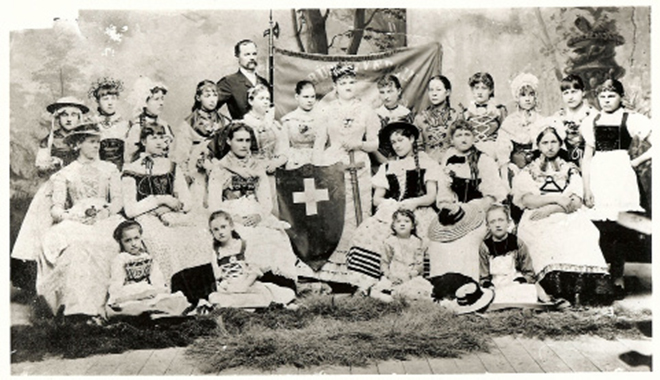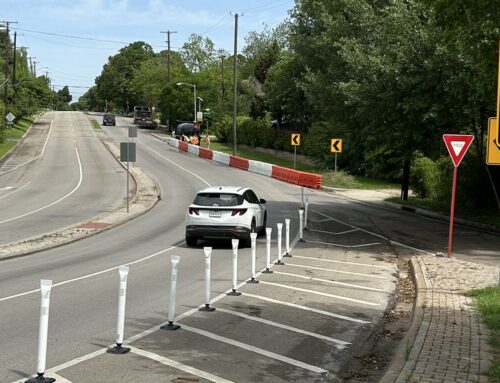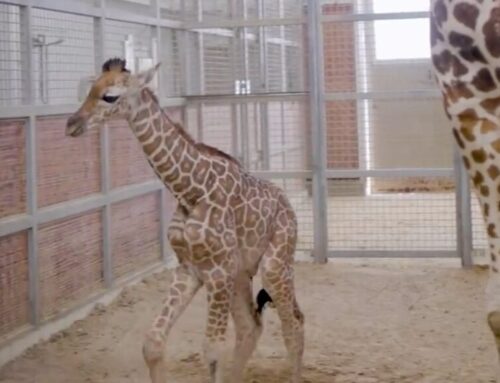Most Dallasites have heard the name “Reunion” bantered about over the years. Some identify the name with the former sports arena, while others, mainly Cliffites, also identify it with all the old stories about the mid-19th century La Reunion colony. Although it functioned for only 18 months or so, La Reunion brought more to Dallas and Oak Cliff than most folks realize. It brought culture.
French philosopher Francois Marie Charles Fourier’s utopian ideas on how to create a productive, non-repressive society — free from disorder, strife and chaos — became quite popular following the French Revolution and Napoleonic era. Through unified action and harmonious collaboration, Fourier believed it possible to reconstruct a society on organized agriculture, not industry. He promoted freeing people’s passion to create and believed the cooperation of lifestyle and the elimination of tedious or unpleasant jobs would bring self-fulfillment. His way of accomplishing this? Communal associations.
While Fourier wrote and promoted his books, he developed disciples. In 1852, one of his followers, fellow Frenchman Victor Considerant, traveled the United States East Coast before choosing Dallas as the location for a colony. After an advance team set up camp in what is now far West Oak Cliff, the first large group of colonists arrived in Houston in 1855 and migrated northward more than 200 miles to Dallas — some with ox carts full of personal items and some hiring professional haulers. Those without the carts or haulers walked the entire way — many walking in wooden shoes known as sabots. Because the new colonists united with the advance team, and the citizens of Dallas declared a holiday to go out and meet the newly arriving Europeans, the obvious “reunion” theme became the community’s moniker.
Strangely, most members of the group were artisans (watchmakers, shopkeepers, weavers, brewers, etc.) from Belgium, Switzerland and France, but they also were the first bona fide musicians in Dallas, possibly in North Texas. They arrived with small instruments but also brought an organ and a piano. Singing and dancing were part of the colony’s routine, along with other cultural activities that lured Dallasites to the events. While the colonists set up a candle business, a school, a general store and such, they also brought with them the renowned Dr. Augustin Savardan, an early advocate of accurate medical records and modern hospitals, although he became discouraged with the colony’s leadership and returned to France.
Despite the visual similarity of the West Oak Cliff chalky bluffs with that of their European homes, the settlers soon discovered that this Texas terrain would not grow the crops they had expected. They also determined quickly, as did their ineffective leaders, that not everyone worked with the same enthusiasm, and that the elimination of tedious jobs was not doable. With theft issues among the colonists, the normal jealousies and suspicions, the fact that there weren’t enough veteran farmers in the group (along with having to battle the rough and rugged Texas frontier and weather), and the colony’s obvious financial insolvency, the socialist experiment quickly went south. (Apparently, they had no rattlesnakes or chiggers in Paris … or in Brussels or Geneva.)
Discouraged with the collapse of their utopian dream, the bulk of the 350 colonists either returned to France or left for San Antonio or New Orleans. But quite a few remained in Dallas and developed successful lives, mostly through the systems Fournier fought against: industrialism and capitalism.
Acclaimed botanist Dr. Julien Reverchon became, among other things, a professor at Baylor University School of Medicine and Pharmacy. Reverchon Park and Reverchon Drive are both named for him. Benjamin Long of Switzerland served as a Dallas deputy sheriff, the mayor, and as a U.S. commissioner. M. Monduel (the namesake for Monduel’s Bar inside the Dallas Hyatt Regency hotel) opened Dallas’ first brewery, and Jacob Nussbaumer (for which the Dallas street is named) opened the first butcher shop. John Louckx created the city’s public school system, while Emile Remond, who experimented with the white rock on the bluffs, built a small brick- and cement-making business, initiating the industry that operated in West Dallas for more than seven decades.
In 1974, when Ray Hunt developed the southwest edge of Downtown Dallas, he decided to honor the La Reunion colonists. For these early settlers, he named the now demolished sports facility, Reunion Arena; the iconic tower, Reunion Tower (a.k.a. “The Ball”); and the feeder street, Reunion Boulevard. The La Reunion Cemetery, also known as Fishtrap Cemetery, has been recognized with a state historical marker, while the Jane Douglas Chapter of the National Society of the Daughters of the American Revolution donated a white granite marker to the colony’s memory off the northwest corner of Plymouth and Colorado. Additionally, the city named Cantegral and Victor Streets for the colony’s leaders: Francois Cantegral and Victor Considerant.
It’s a bit sad to think of these hopeful European colonists traveling all the way to North Texas and then returning home less than two years later. It seems like a lot of wasted time, unrewarded effort, hardship and disappointment. But there’s no doubt about the group’s significant contributions to the nation, state and city.
However, some of them should have stuck around a bit longer — say, for another 150 years or so. In my ever so humble opinion, it seems the three groups could have successfully hawked their native wares and talents — and operated a handful of French, Belgian and Swiss restaurants — all in Bishop Arts. I’d be standing in line … wearing my sabots.






